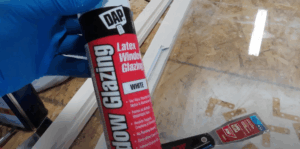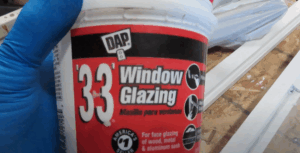Conserving historic homes is a vital aspect of cultural preservation, allowing communities to retain architectural heritage, craftsmanship, and identity that might otherwise be lost to modern development. Many historic homes—particularly those in officially designated historic districts or neighborhoods—are often constructed with materials and techniques that are no longer common in modern construction. As a result, they frequently lack readily available replacement parts. Unlike contemporary homes, where prefabricated components can be easily ordered and installed, the elements of historic homes—such as windows, doors, trim, and even roofing materials—are often custom-made or specific to the time and region in which the home was built. This scarcity of compatible parts makes repair, rather than replacement, a core strategy in conservation efforts.
Historic Home Conservation
 A central principle of historic home conservation is maintaining as much of the original material as possible, both for authenticity and to meet preservation guidelines. One significant area of repair involves the windows, which are not only architecturally important but also key to the building’s character. Rather than replacing entire window units—which may disrupt the visual integrity and reduce historical accuracy—preservationists often choose to restore the original wood-framed windows. These old windows, typically made from high-quality old-growth wood, are designed to be maintained over decades or even centuries.
A central principle of historic home conservation is maintaining as much of the original material as possible, both for authenticity and to meet preservation guidelines. One significant area of repair involves the windows, which are not only architecturally important but also key to the building’s character. Rather than replacing entire window units—which may disrupt the visual integrity and reduce historical accuracy—preservationists often choose to restore the original wood-framed windows. These old windows, typically made from high-quality old-growth wood, are designed to be maintained over decades or even centuries.
A key material in the maintenance of these windows is window glazing putty. Glazing putty is a malleable compound used to seal glass panes into their wooden frames. It provides a weather-tight seal and helps to secure the pane, preventing rattling or moisture intrusion. Over time, however, glazing putty hardens, cracks, or falls out due to exposure to the elements, necessitating periodic replacement or touch-ups to maintain window integrity. In conservation projects, workers carefully remove the old putty, sometimes using steam or heat to avoid damaging the fragile glass, and then apply fresh putty, allowing it to cure before repainting.
Traditional Methods
 Using traditional glazing putty also helps retain the original appearance and functionality of historic windows. It supports the original single-pane glass, which may include hand-blown or wavy glass—features considered highly valuable from a historical standpoint. In contrast, replacing entire windows with modern, double-pane units often results in the loss of these distinctive characteristics and may disqualify the property from certain historic designations or tax incentives.
Using traditional glazing putty also helps retain the original appearance and functionality of historic windows. It supports the original single-pane glass, which may include hand-blown or wavy glass—features considered highly valuable from a historical standpoint. In contrast, replacing entire windows with modern, double-pane units often results in the loss of these distinctive characteristics and may disqualify the property from certain historic designations or tax incentives.
Beyond glazing, conservation efforts for historic homes may include structural stabilization, masonry repair using historically accurate mortars, re-roofing with appropriate materials (such as slate or wood shingles), and repainting with historically matched colors. Where parts are missing, custom millwork may be commissioned to replicate original profiles. While such efforts can be labor-intensive and expensive, they are essential for preserving not just the structure, but the craftsmanship, materials, and aesthetic values of the period.
 Ultimately, the conservation of historic homes requires a thoughtful balance between modern needs and historical authenticity. By prioritizing repair over replacement—especially in key areas like windows—and using materials like glazing putty appropriately, preservationists can ensure that these homes remain functional, beautiful, and historically intact for generations to come.
Ultimately, the conservation of historic homes requires a thoughtful balance between modern needs and historical authenticity. By prioritizing repair over replacement—especially in key areas like windows—and using materials like glazing putty appropriately, preservationists can ensure that these homes remain functional, beautiful, and historically intact for generations to come.